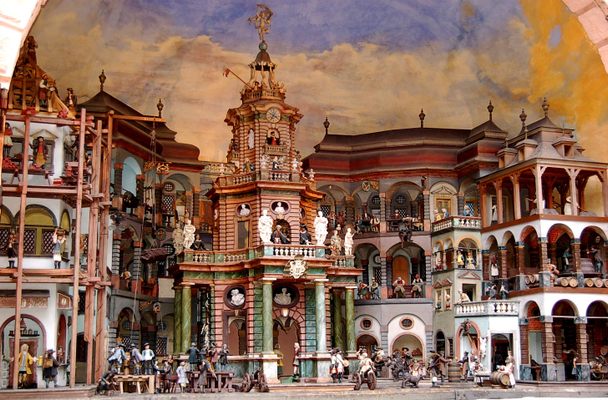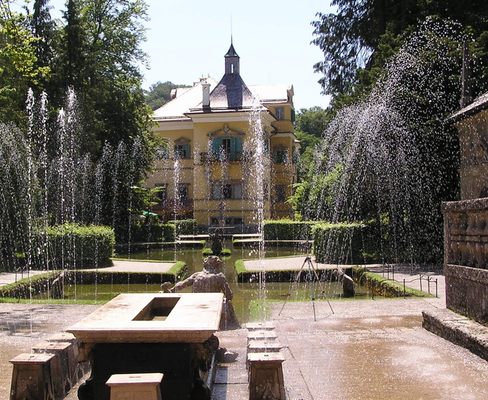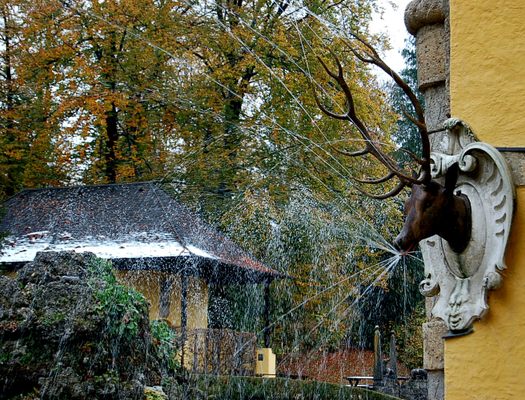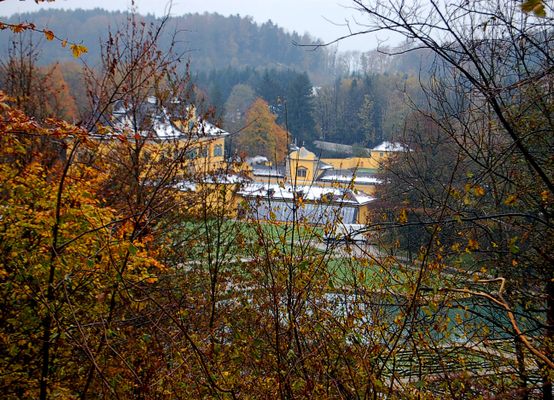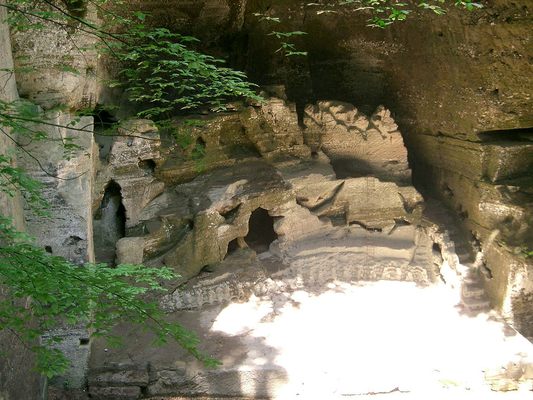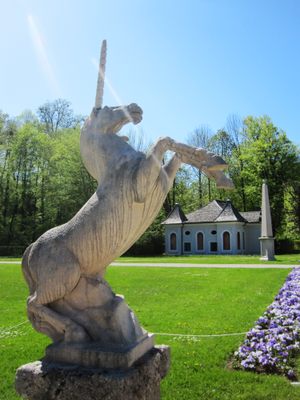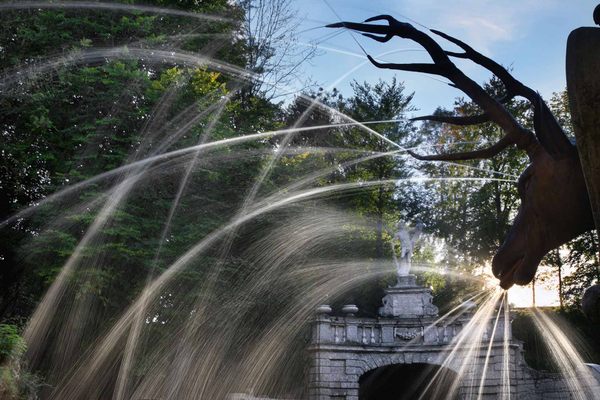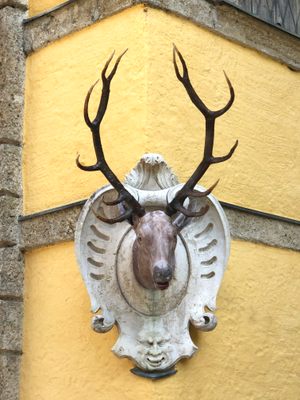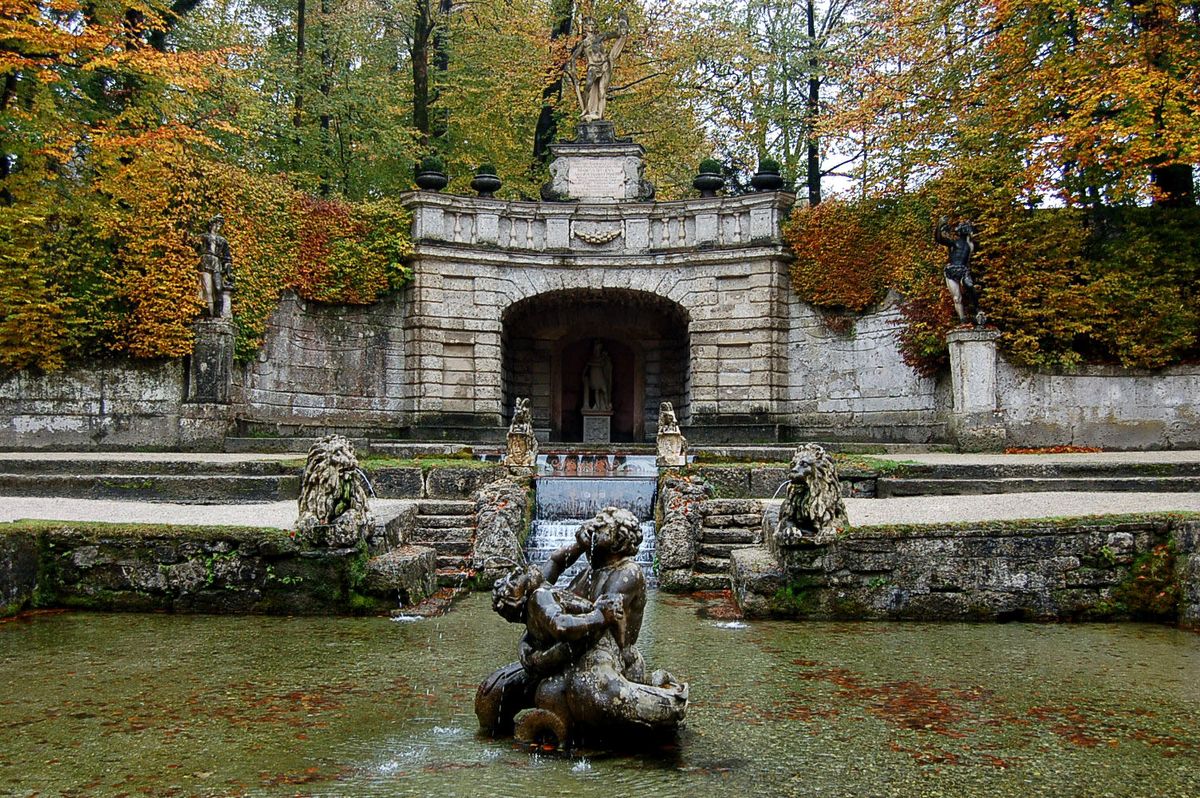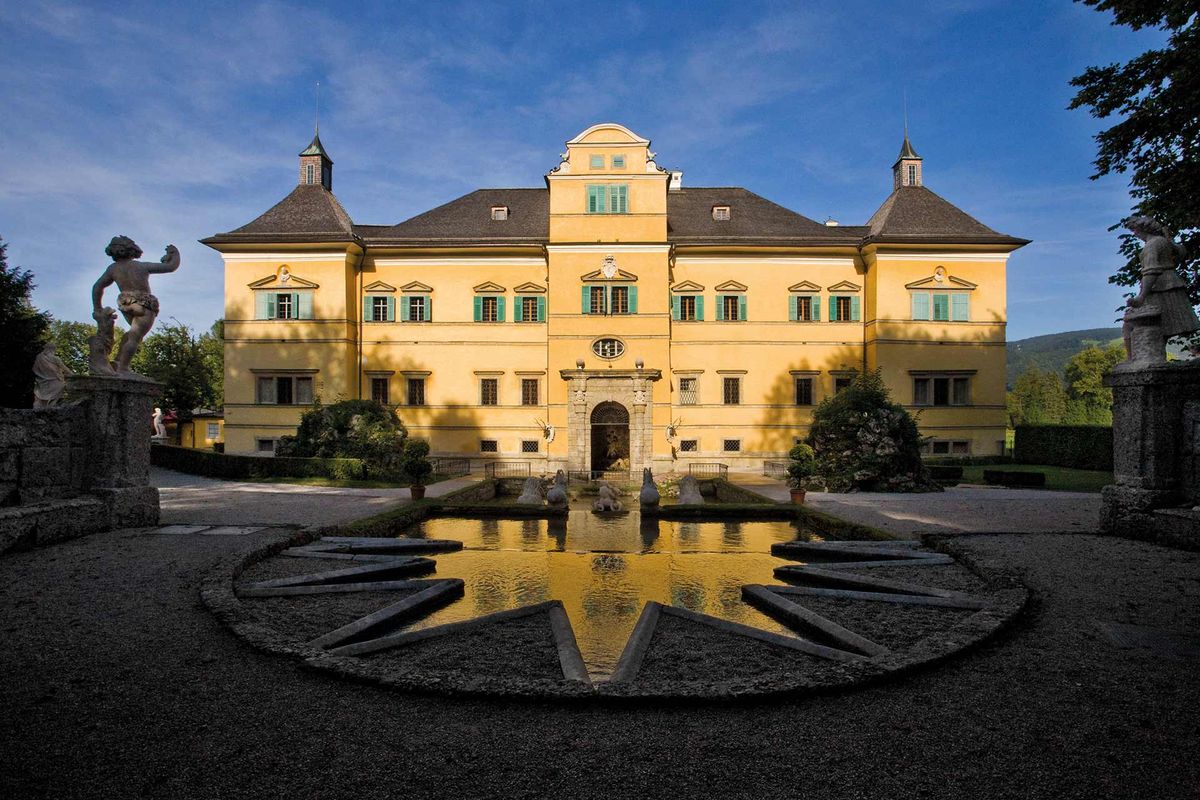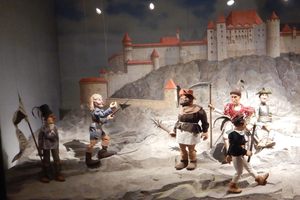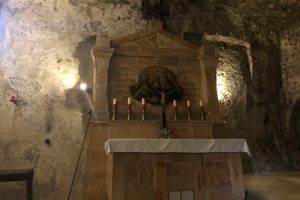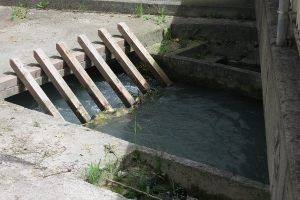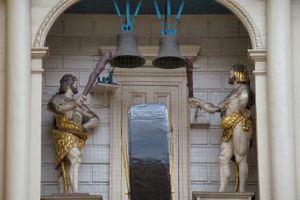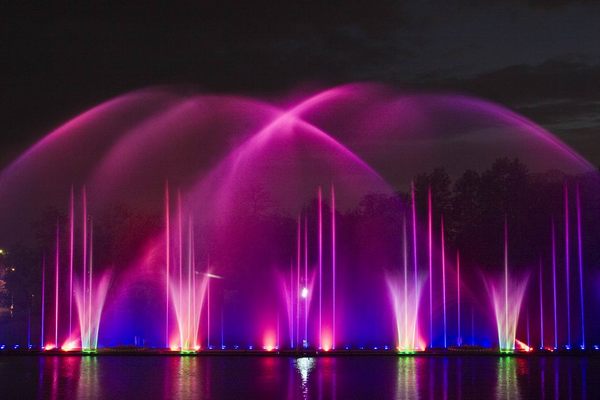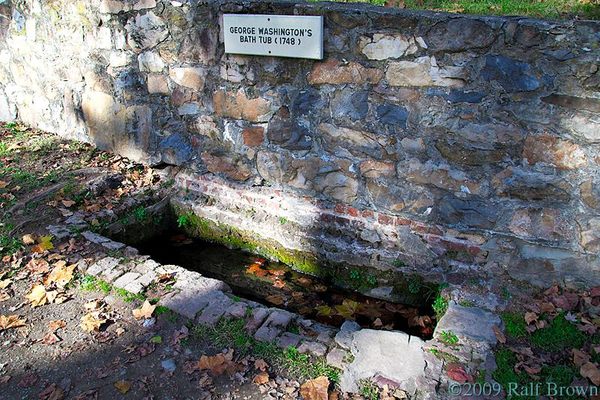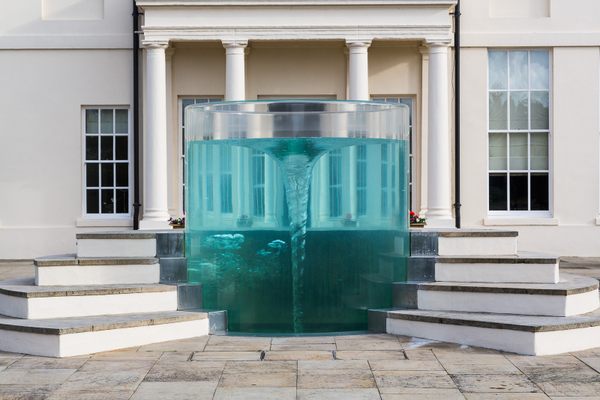About
Schloss Hellbrunn was the summer playhouse of Markus Sittikus, the archbishop of Salzburg, built-in 1619. The palace was only for the daytime; there are no bedrooms in the home. It was simply an opulent and delightful place to while away the hot summer days for the powerful archbishop and his friends.
But Hellbrunn was not merely a place for luxurious food, wine, and music. The palace was built over natural springs (supplied by the palace's namesake, Hellbrunn River), which inspired Markus Sittikus to outfit Hellbrunn’s vast gardens with some remarkable fountains.
A summer day at Hellbrunn would start with a great outdoor feast. As the guests finished off their meal, water would suddenly shoot out of the table, and out of each guest’s seat, completely soaking all present, except, of course, the archbishop. Sittikus would then lead his sopping and delighted guests through the gardens, showing them many marvels of the day.
Small water-powered automata dot the grounds, depicting everything from a knife-sharpener grinding scissors to the mythological Perseus, fighting the sea dragon, and freeing the captured Andromeda. There are several beautiful grottoes, each one featuring a different curiosity, like the Birdcall Grotto—a mechanism, hidden from sight, makes the sounds of different bird calls, tweeting and singing in a cacophony of song. The water-powered device consisted of bellows and a pin roller which directed the air into the different pipes for the birdcalls. Also, a delight of its day was the crown grotto, in which a golden crown would rise and fall on a jet of water, illustrating the quick and easy rise and fall of power.
As his guests gazed on these wonders, Markus Sittikus would place himself discreetly next to a set of controls…and before the guests knew what was happening, they were being soaked from all directions. No one was safe. It was impossible to guess when the water would come, and where it would come from. No spot in the garden was dry, except wherever Markus Sittikus stood, and where the tour guide stands today.
Hellbrunn remains almost completely unchanged nearly 400 years later, except for the Mechanical Theater, which was added in 1750, a little more than 100 years after Markus Sittikus’ death. The complicated mechanism for the enormous automaton is still functioning in its original form. The incredible theater displays a bustling baroque town with 200 moving figures, repeating their clockwork motions to the water-powered organ music.
The huge and complex Mechanical Theater and trick fountains of Hellbrunn would have been a marvel to guests in its day - and remains just as marvelous today.
Other attractions on the palace grounds include a museum in Hellbrunn hall, the Salzburg zoo, and the Steintheater, a rock quarry that was repurposed as an outdoor stone theater. Also on display is the pavilion used in the 1964 musical "The Sound of Music." Perhaps the best attraction is the Monatsschlösschen, which houses the folklore section of Salzburg's Carolino Augusteum Museum. The charming and unique exhibition displays traditional costumes, furniture styles, and trends of everyday Austrian life in the 1600s.
Related Tags
Published
November 18, 2014
